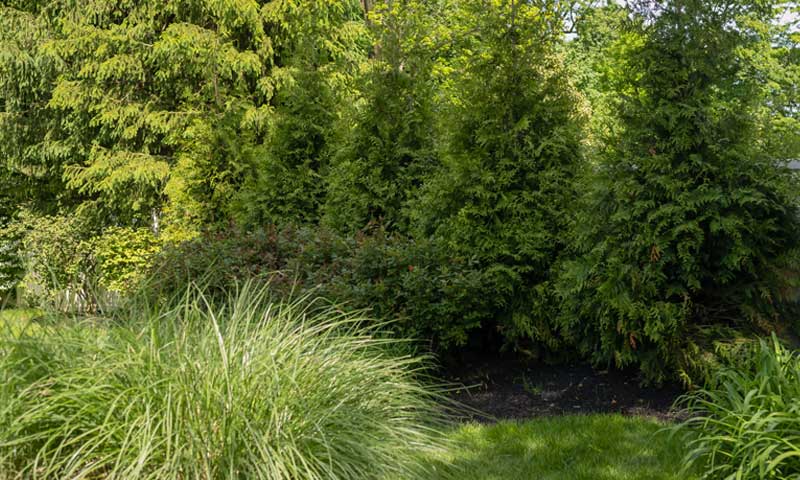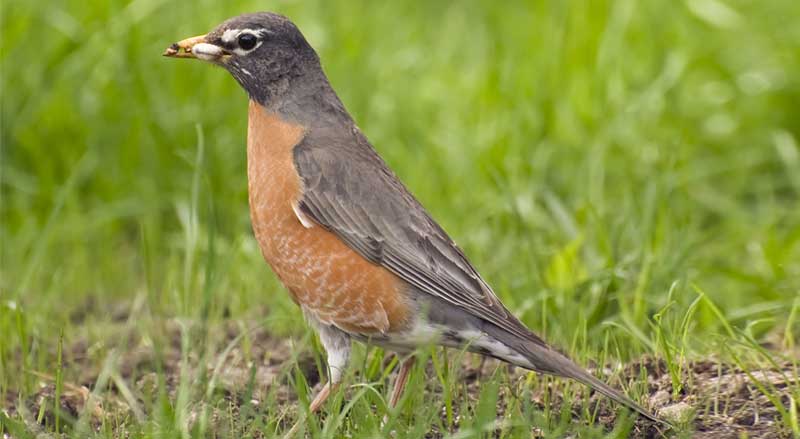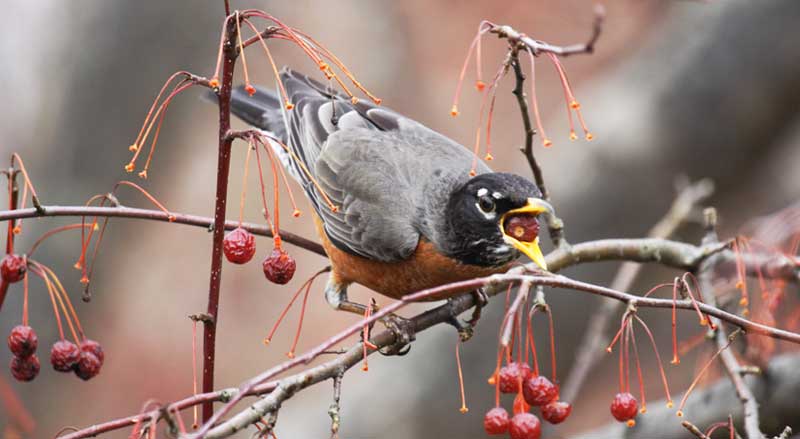Ornamental grasses refer to plants that have a grass-like appearance as well as true grasses. You probably know them when you see them but didn’t know what they were called.
Today you can find ornamental grasses everywhere from beautiful private gardens to corporate office buildings.
If you want to add exciting form, color, and movement to your landscape, read here about NJ landscape ornamental grasses … and how to use them.
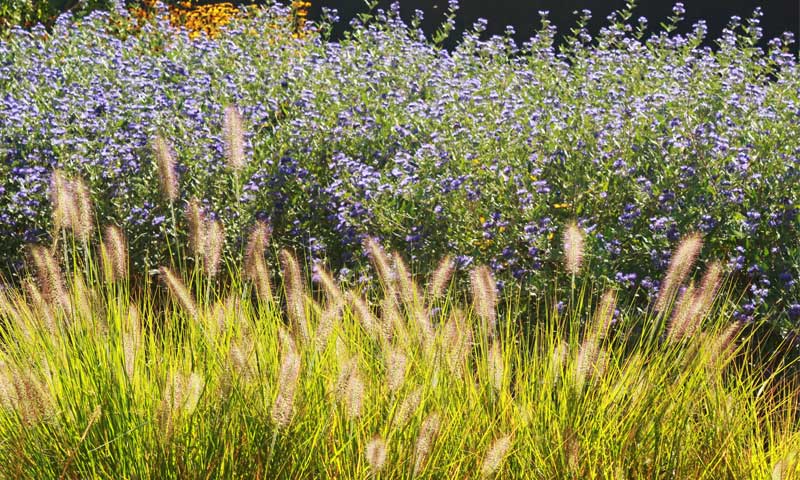
The Benefits of Ornamental Grass
Ornamental grasses have many appealing characteristics.
Many varieties are:
- Hardy
- Low maintenance
- Heat tolerant
- Avoided by insect pests
- Unappealing to deer
- Drought tolerant
You won’t find them looking withered and thirsty on a hot 90+ degree day.
While these grasses may change their appearance from season to season, they look beautiful year-round. From splashes of vibrant spring and summer color to faded winter hues, they always delight.
Ornamental grasses are used to lend drama to your landscaping with their ever-changing lines and motion.
There Are Many Varieties of Ornamental Grasses
Ornamental grasses come in lots of colors, sizes, shapes, and textures.
Leaf textures can range from smooth and delicate to sharper and coarse.
Some grasses are softer and gracefully arch, while others stay more upright with less movement.
Grass colors range from greens to blues, reds to yellows.
Some leaves even have interesting striped patterns such as the Zebra Grass (pictured later in this post).
Often grasses change color in the fall as they fade to less vibrant shades for winter.
Special Characteristics of Ornamental Grasses
A particularly appealing feature of some ornamental grasses is the way they gently sway in the wind.
This adds motion to your garden and provides aesthetic appeal, much in the way a sense of movement enhances a fine work of art.
Many popular New Jersey ornamental grasses are tall enough to be a true focal point in your garden—they can grow up to seven feet tall.
Other ornamental grasses only grow to a foot or so and make great ground cover.
Since grasses usually change their appearance as seasons progress, they add year-round interest to your garden.
How Ornamental Grasses Grow
Ornamental grasses grow in one of two ways.
- Some grasses build up to a larger clump in a relatively small area
- Other grasses spread quickly throughout the garden, and you have to make sure they don’t overtake other planting
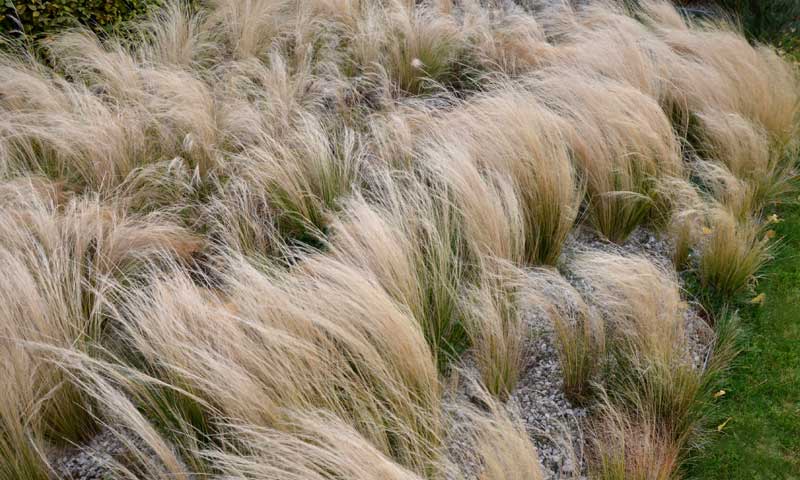
Ornamental Grasses Love to Show Off
We’ve already discussed how some ornamental grasses love to dance in the breezes.
But these grasses have other ways to steal the landscaping show.
Many ornamental grasses have fancy plumes that come in different sizes and colors. These feathery plumes can’t help but draw the garden visitor’s attention.
In some varieties, plumes last throughout the winter. They continue to delight even when most of the landscape has become barren.
Different Ways to Use Ornamental Grasses in Your Landscape
While smaller plantings are wonderful for adding color and scent, they can’t add that special excitement ornamental grasses can bring.
Today, gardeners use ornamental grasses as an environmentally friendly addition to landscapes. They usually require little water or fertilizer. Some wildlife uses them for shelter. And birds and butterflies love them.
For a long time, ornamental grasses were believed to work best with modern or beach homes.
But today they have a place in all landscaping. Since ornamental grasses come in so many types, it’s easy to find a variety that compliments your property.
You can use ornamental grasses:
- As garden focal points
- To accent greenery
- Planted instead of shrubs
- To define garden or property borders
- To create an interesting moving wall for privacy
These grasses also grow well and look at home in container gardens. Place these containers at your home’s entrance or at strategic locations on your multi-level patio or in your garden.
You can also use some ornamental grasses to cover large expanses of land.
A fun way to use ornamental grasses is to incorporate them artistically with oversized beds of asters, black-eyed Susans, or other popular NJ flowers. The result is an ever-changing wave of color and form.
Erosion Control
Ornamental grasses work well for landscaping hills or sloping properties—they don’t need mowing or frequent watering since they are usually drought resistant.
But perhaps most important is that ornamental grasses can prevent erosion on hills and other areas.
Growing Conditions for Ornamental Grasses
If you are thinking of incorporating ornamental grasses into your landscape, select grasses that work best with your property features. There are many varieties to choose from.
While many ornamental grasses do best in full sun and well-drained soil, there are varieties that thrive with partial or even full shade and moist soil.
How to Keep Ornamental Grasses Healthy
The care your ornamental grasses needs depends on their variety.
However, most of these grasses don’t require a lot of fertilization.
Cut them back in late winter to early spring when other blooms, such as daffodils, are emerging. Leave stems cut a few inches above the ground. When your daffodils begin to fade and wither, the new grasses will be ready to grow and take over the show.
Many grasses need to be divided every 3 years. This will keep them from dying in the center. When grasses have become too big and overgrown, dividing them can be a hard task, so don’t put this garden task off for too long.
Some Popular New Jersey Ornamental Grasses
Hameln Fountain Grass
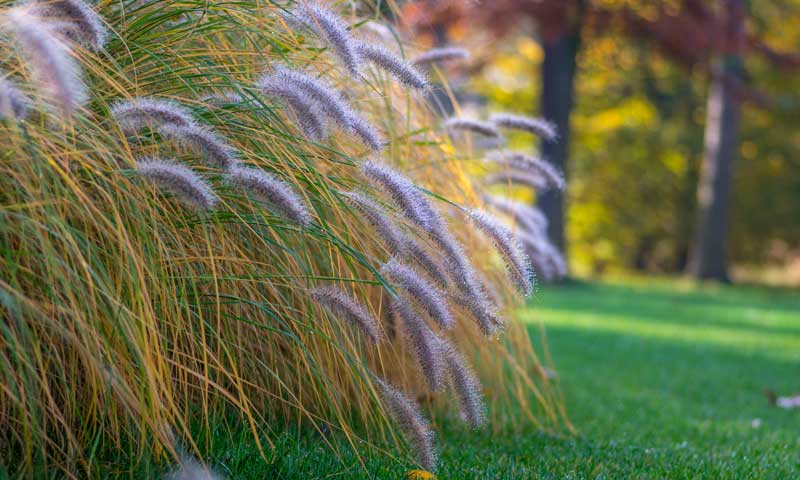
- Grows well in full sun or part shade
- Grows up to 3 feet tall
- Enhanced by wheat-shaped plumes
- Deer resistant.
Blue Fescue Grass
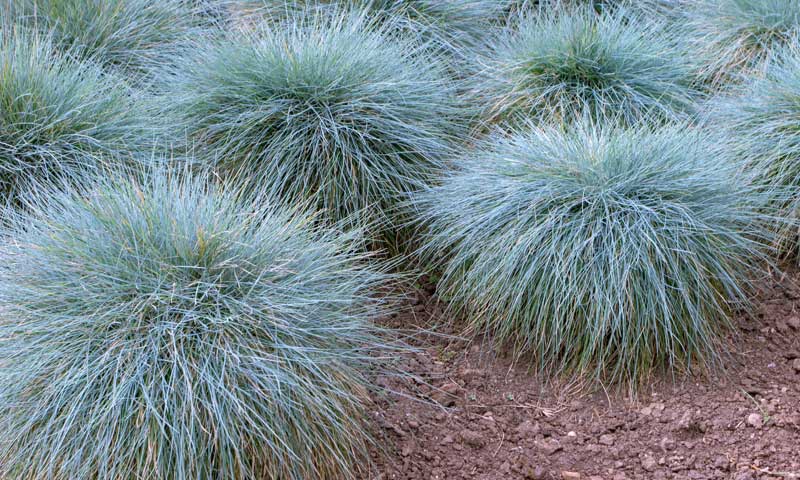
- Requires full sun
- Stays short, growing to no more than 12 inches
- Place in front of taller plants to add color and interest
- Fun in rock gardens
Zebra Grass
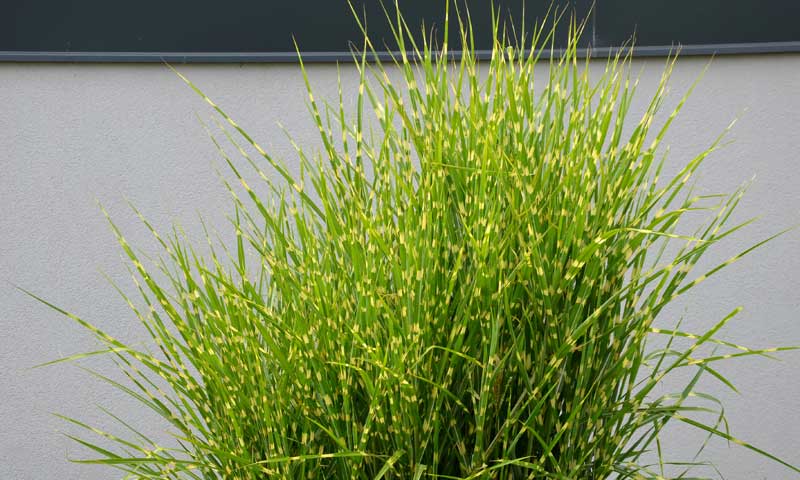
- Named for its yellow horizontal bands
- Requires full sun but tolerates shade
- Prefers moist soil
- Can grow up to 7 feet tall and spreads as much as 5 feet
- Its silvery plumes last all winter
Landscape Solutions can help you incorporate ornamental grasses into your landscape. We create innovative and sophisticated designs for your gardens and property. Contact us now.

